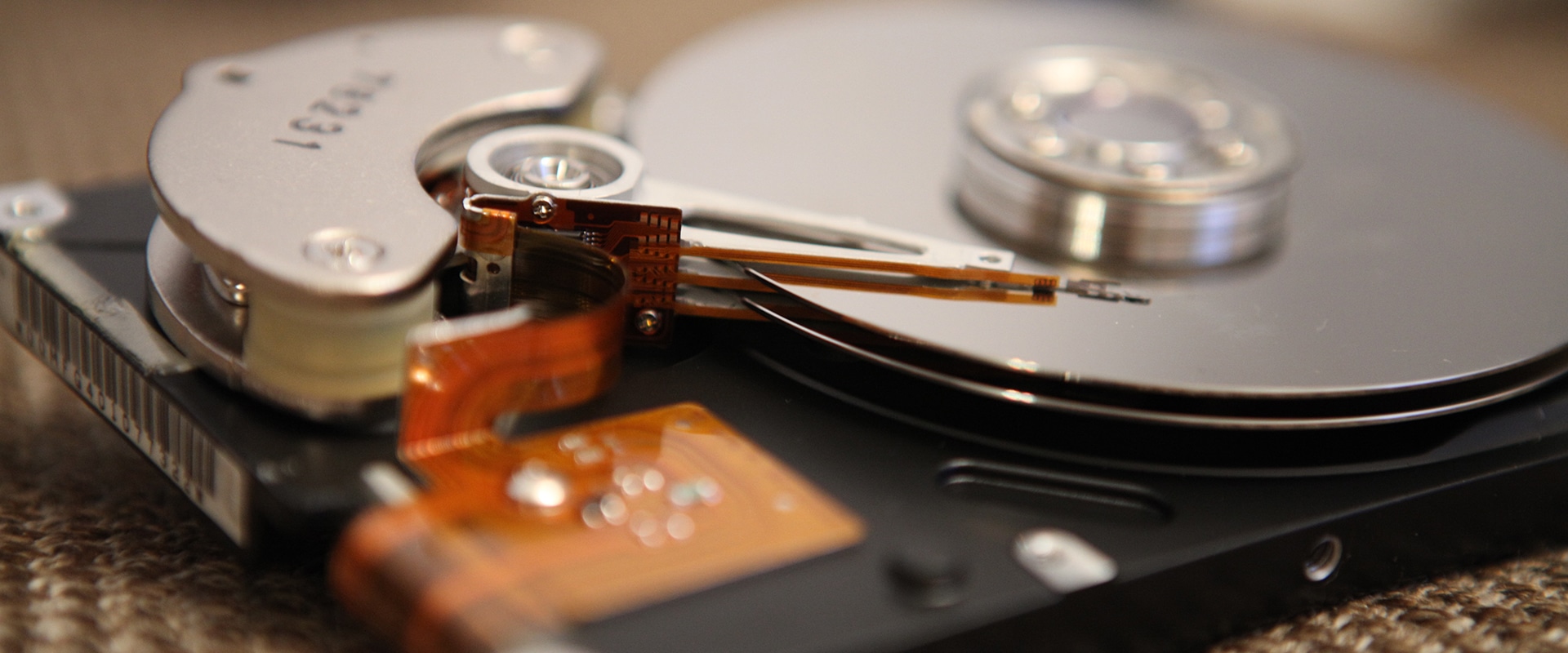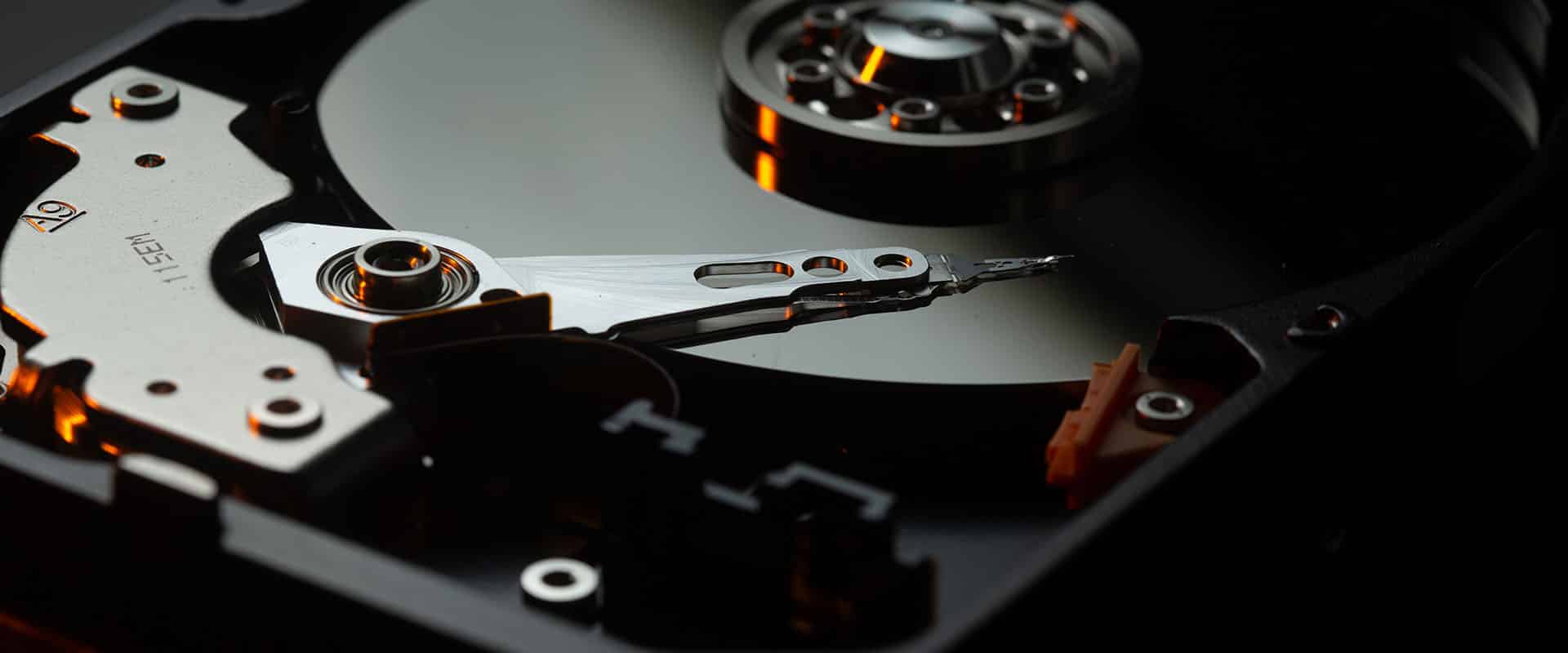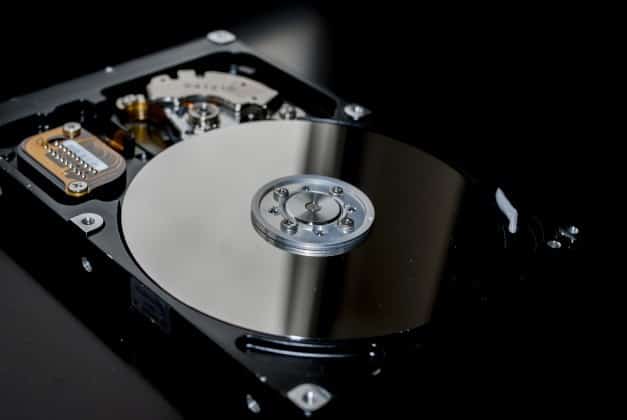There are several reasons why you may decide to destroy data in your hard drive. You decide for example to sell your computer,or to offer it to someone, so it is imperative for reasons of personal security, or preservation of your privacy, to carefully clean the hard drive that represents the memory of the device.
At infoliquidationrecycle.com we proceed to the destruction on the spot of your hard drives
But how else can we do it? How to destroy data contained in a hard drive effectively? Here are the tips of our experts.
Secure Hard Drive Destruction Methods: How to Do It Safely

The foreplay before erasing your hard drive
Delete the contents of a hard drive, assume that you will lose your data forever. It is therefore advisable to keep a copy of this data unless you want to destroy it forever.
To keep them, it is therefore necessary to first copy them and send them to a new storagedisk. If you have an iCloud or OnDrive or other account, you can also send the information you want to keep to these media. You can also send this data to an external hard drive. If you wish, you can destroy this data without keeping it.
Procedure to erase a hard drive durably
For Windows 8.1 or 10 users, the procedure for destroying hard disk memory is very simple.
Go to your computer’s setting, and then you click Update and Security. After that, you choose “RECOVERY”, then select Delete All, then erase the files and clean the drive. To complete the procedure, you click Next, Reset, and continue.
For users of a Windows earlier than 8.1, it is necessary to involve third-party software that will facilitate the removal of memory from your hard disk. It is important to choose software that meets the requirements of the US DoD 5220.22-M standard in order to destroy the data contained in your hard drive. Depending on the weight of the data contained on your disk, it may take a few hours to use the software. However, beyond these methods, there are other equally effective methods.
Tips for erasing a hard drive
After you have transferred your computer to another person, by sale or donation, the latter may try to harm you by retrieving the information contained on your hard drive. To avoid this kind of situation, we advise you to make use of very certain methods to clean your memory.
Techniques for a safe cleaning of your hard drive
For lovers of technology,formatting a memory or emptying the recycle bin of the computer is already enough to ensure the destruction of a hard disk. Unfortunately, this method is the wrong one because the data can be easily found using a recovery software. Because when you send a file to the recycle bin and then empty it, the computer just erases the reference to the file and not the file itself. The file remains in your computer until it is destroyed with software.
The best method, on the contrary, is to use a computer program that will effectively remove the memory from your hard drive. The larger the amount of data to be deleted, the longer the destruction operation will take.
These types of software are often difficult to find in store, it is better to buy it online or download and burn it to a blank CD in order to use it properly. In the province of Quebec, we are among the best companies able to provide you with the appropriate software for this work.
Hard Drive Destruction: Discover Other Information Destruction Methods
Several software programs can allow you to destroy your hard drive. Among other things, we have Darik’s Boot and Nuke software, it allows to erase the entire disk and recovery is impossible.
How to use this software?
- Boot your PC to the floppy disk, USB flash drive, or CD and click ENTER;
- Wait for the startup to complete. After a while, you will be greeted by a different screen;
- Once this different screen is displayed, you can remove the floppy disk/USB drive/CD;
- After what, press the M key, the key? Since we are in QWERTY, and choose the “PRNG Stream” method with up/down arrows and ENTER;
- Press the R key, enter the value 8 (=number of passes) and press ENTER;
- Next, select the hard drive by pressing SPACE;
- Then activate F10 to start erasing and wait for the processing to finish.
After this last step, the data contained on your media will be totally erased and not recoverable.
Finally, it should be remembered that there are several techniques to delete the data contained in a hard disk. One can do this manually with the setting of his computer for those who are using a Windows 8.1 or Windows 10. But those who use a Windows earlier than 8.1, it is necessary to have a software like Darik’s Boot and Nuke software to ensure an effective destruction. Moreover, the methods of formatting the hard drive or simply emptying the recycle bin are to be put aside, since this data can be very easily recovered with determined tools.
FAQs About Hard Drive Destruction

Do SSDs require the same destruction treatment as traditional HDDs?
Absolutely, SSDs require similar attention in terms of destruction as their traditional counterparts, HDDs. While the specific methods may vary depending on the technology used in SSDs, the fundamental principle remains: ensure secure disposal of sensitive data. SSDs use flash memory chips to store data, and although they work differently than magnetic hard drives, the stored information is still vulnerable if it is misprocessed. Thus, it is crucial to opt for destruction methods that ensure the irrecoverability of data, whether it is SSDs or traditional HDDs. For complete peace of mind, businesses and individuals should follow safe and proven destruction protocols that are tailored to the technology of the affected drive.
Securing SSDs should not be underestimated. Even though these drives don’t have mechanical components like traditional hard drives, their data is just as sensitive. Appropriate destruction techniques for SSDs may include completely removing encryption keys and repeatedly rewriting memory cells. It is essential to employ methods that ensure that the information stored on SSDs is permanently inaccessible. At the end of the day, whether it’s for compliance or privacy reasons, the secure handling of SSDs is a crucial step in the lifecycle of these modern storage devices.
Can I just throw the hard drive in the trash?
While it may seem tempting, simply throwing a hard drive in the trash is by no means a safe method to get rid of sensitive data. Hard drives contain a wealth of personal and confidential information that could be retrieved by malicious individuals. In reality, this action exposes you to high risks of identity theft and data leakage, because even after being deleted, the data could still be recovered with adequate tools. To protect privacy and avoid potentially disastrous consequences, it is highly recommended that you adopt secure destruction methods rather than simply throwing a hard drive in the trash.
Opting for proper destruction methods is the key to preventing any attempt to recover data from discarded hard drives. Rather than risk exposing your personal information, consider secure alternatives, such as using professional destruction tools or consulting specialized recycling services. By taking these steps, you not only help protect your data, but also preserve the environment by avoiding the potential contamination of landfills by electronic components. Take the time to follow proper procedures for the destruction of your hard drives, ensuring your peace of mind while adhering to security and liability standards.
Are Professional Hard Drive Destruction Services Worth It?
Professional hard drive destruction services offer undeniable value to ensure the safety of your sensitive data. Opting for these specialized services is a proactive and wise step to protect your confidential information. These experts have the knowledge and equipment to perform complete and irreversible data destruction, minimizing the risks of identity theft and information leakage. Their expertise helps you stay compliant with data protection regulations and preserve your company’s reputation.
Investing in professional hard drive destruction services is not only a preventative measure, it also gives you peace of mind. These specialists understand the importance of treating hard drives with the utmost care, using approved methods that guarantee complete destruction. By entrusting this task to professionals, you save time and energy while ensuring the security of your data. With the growing challenges of cybersecurity and privacy, hiring professional destruction services is a wise investment to protect your information from unauthorized recovery attempts.
How many times do you have to overwrite a hard drive to make it unrecoverable?
The number of times it takes to overwrite a hard drive to make it unrecoverable depends on the security standards you want to achieve. In general, a single overwrite pass with random data is often enough to render the previous data virtually indecipherable. This is due to modern methods of destruction that significantly disrupt the original data, making it extremely difficult to recover. However, for those looking for an even higher level of security, procedures with multiple overwrite passes can be considered, although the difference in results becomes marginal as the number of passes increases.
The key to making a hard drive unrecoverable lies in the use of reliable and approved destruction methods. It is important to follow current security standards, such as those recommended by cybersecurity organizations. In addition, working with data destruction experts can provide you with valuable advice on the number of overwrite passes needed to meet your specific security needs. Ultimately, choosing the right number of overwrite passes will depend on your security requirements and the nature of the data stored on the hard drive.
Do smartphones and tablets also need to be treated securely?
Absolutely, securing smartphones and tablets is just as crucial as securing traditional hard drives. These modern devices contain a wealth of personal information, such as contacts, messages, photos, and login information. Neglecting their secure handling exposes them to potential risks such as identity theft and privacy breaches. Security methods for these devices include completely deleting data prior to sale, donation, or disposal, as well as using factory reset tools to ensure that all personal information is irreversibly erased.
The security of smartphones and tablets is all the more relevant today, when these devices are an integral part of our daily lives. The data stored on these devices can contain sensitive information about our habits, preferences, and even financial transactions. It is therefore essential to take steps to ensure secure data destruction before parting with these devices. By taking a proactive approach and treating smartphones and tablets with the same vigilance as traditional hard drives, one can avoid future problems and ensure that our personal information remains private and protected.

